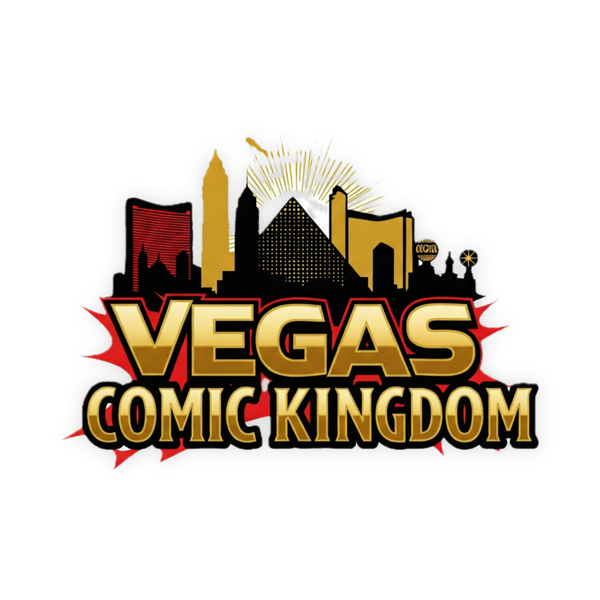
More Than a Man in a Bat Suit: The Enduring Cultural Impact of Batman
Greetings, Gothamites and comic collectors! Today, we're shining the bat-signal on one of the most iconic and complex figures in all of pop culture: Batman. More than just a superhero, the Dark Knight has left an indelible mark on our collective consciousness, evolving from a pulp-era vigilante to a symbol of human resilience, justice, and the very real struggle against our inner demons.
The Man Behind the Mask
What is it about Batman that has kept him relevant for over 85 years? Unlike Superman, who is an alien with god-like powers, or Spider-Man, who gained his abilities through a scientific accident, Batman is, at his core, just a man. A very rich, very smart, and very driven man, but a human nonetheless. His origin story—the murder of his parents in a dark alley—is a primal fear that resonates with us all. It's a tragedy that could happen to anyone, and it's this human vulnerability that makes his crusade so compelling. He's a character who has been defined by his trauma, but who chose to turn that pain into purpose, a message that has inspired countless people.
A Hero for Every Era
Batman's enduring appeal is his remarkable adaptability. Over the decades, his character has shifted to reflect the cultural anxieties and trends of the time.
- The Golden Age (1939-1950s): He started as a dark, gun-toting vigilante, inspired by pulp heroes like The Shadow. But with the introduction of Robin, the tone lightened, and he became a more traditional, kid-friendly hero.
- The Campy '60s: The Adam West television series made Batman a household name, embracing a campy, colorful aesthetic with onomatopoeia-filled fight scenes ("POW! BAM!").
- The Gritty '70s and '80s: Writers like Dennis O'Neil and Frank Miller, in stories like The Dark Knight Returns, brought Batman back to his dark, noir roots. This era redefined the character as a brooding, psychologically complex anti-hero, setting the stage for his modern portrayal.
- The Cinematic Icon: The character's cinematic journey has mirrored this evolution. From Tim Burton's gothic masterpiece to Christopher Nolan's grounded, realistic trilogy and the more recent introspective takes, each film reflects a different cultural moment while keeping the core of the character intact.
The Rogues' Gallery and the Moral Code
You can't talk about Batman's impact without mentioning his iconic villains. His rogues' gallery—The Joker, Two-Face, The Penguin, and Catwoman, to name a few—are not just a collection of bad guys. They are dark reflections of Batman himself and the city he protects. The Joker, in particular, represents chaos and a direct challenge to Batman's rigid moral code.
And speaking of that code, Batman's famous "no-kill" rule is arguably one of the most important aspects of his character. It's the one line he will never cross, a self-imposed restraint that differentiates him from a simple killer and proves his unwavering commitment to justice, not revenge. It's a testament to the idea that even in the face of unspeakable evil, a hero must uphold their principles.
The Lasting Legacy
From comics to movies, video games, and even psychological studies, Batman has proven to be a flexible and endlessly fascinating character. He is a symbol of what a determined individual can achieve, a testament to the power of human will, and a reminder that even the darkest parts of ourselves can be harnessed for good. The Bat-Signal isn't just a light in the sky; it's a beacon of hope for a city and a culture that will forever need a hero like the Caped Crusader.
